It is an efficient manufacturing process wherein uncured rubber compounds are injected via a nozzle into a heated mold, and then the cured (vulcanized) rubber part is expelled from the tool. It enables quick production of highly accurate, consistent rubber parts—suited for medium- to high-volume production across automotive, medical, and industrial applications.
How rubber injection molding works
The rubber injection molding process is a high-volume production method for making similar rubber parts. Like compression molding, transfer molding, and injection molding of thermoplastics, it starts with a rubber compound or mixed stock from which a part is made. It’s also the same in that the preform of the material is heated and placed into the mold.
1. Raw Material Preparation
The process starts with the preparation of raw rubber compounds, which are normally based on either natural or synthetic rubber. Beforehand the rubber materials are usually preheated and cut into strips or formed into pellets in order to facilitate their flowing behavior inside the injection system.
2. Feeding into the Injection Unit
After the rubber material is ready, it is directed to the injection unit of the molding machine and then moved forward by either a screw or plunger into the heated barrel to reach a semi-liquid state by keeping its viscosity in an optimal manner before being injected into a mold cavity.
3. Injection into the Mold
Once the rubber has been softened, it is injected into a heated mold cavity at high pressure, where vulcanization starts. The mold is held at a temperature in the range of 300°F to 400°F during this process because heat facilitates a chemical reaction called vulcanization that strengthens and toughens the rubber.
4. Curing and Vulcanization
After the rubber is injected into the mold, the curing (also known as vulcanization) process starts. It involves chemically linking the rubber molecules together through heat and sometimes with the aid of chemical agents. This turns rubber from a pliable material into a solid but flexible final product!
The curing time will be different due to the following aspects:
- The size and complexity of the part
- The mold temperature
- The type of rubber compound
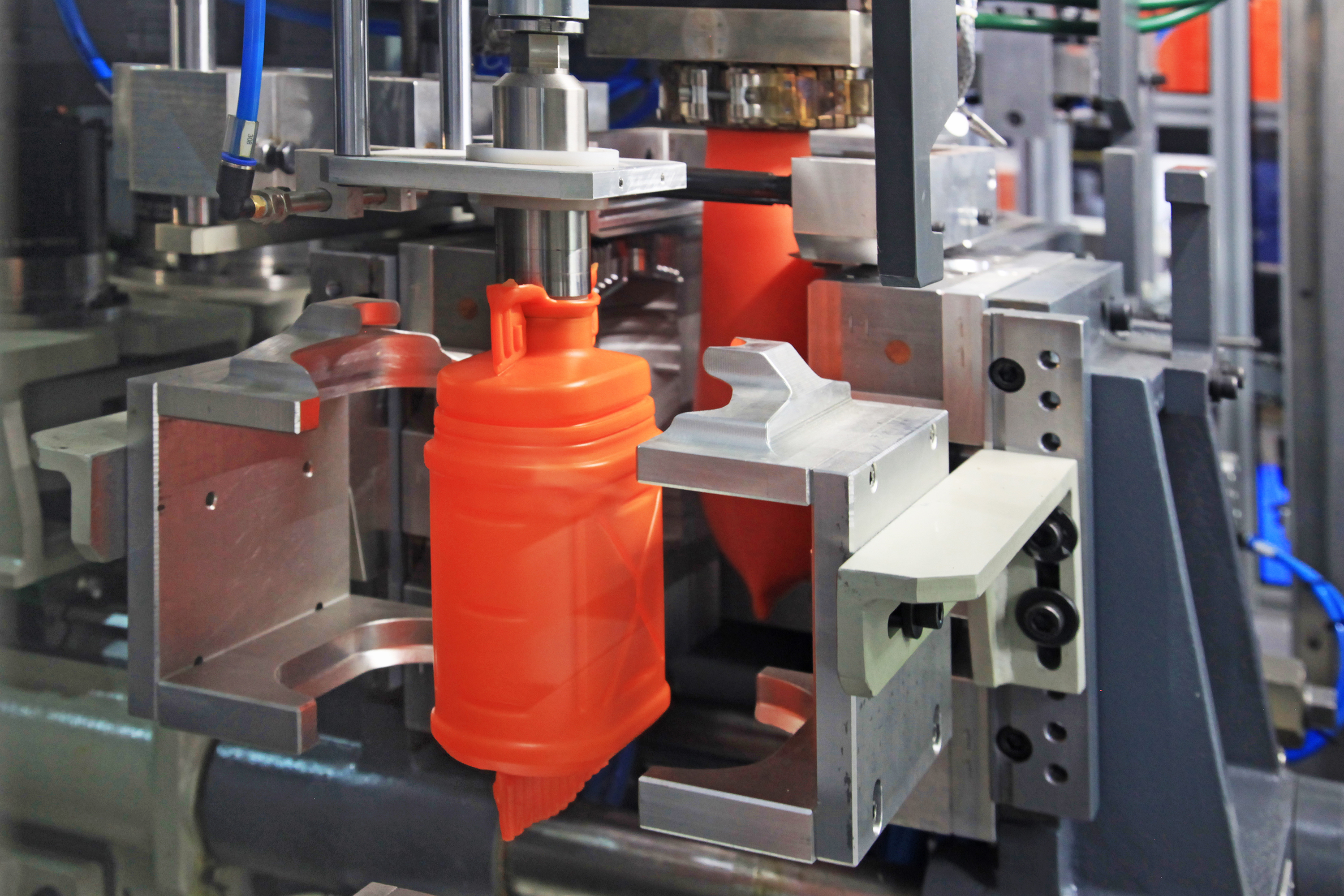
✅ Key Advantages of Rubber Injection Molding
IT has countless advantages, which is why it’s a popular manufacturing method for the production of complex, high-performance rubber parts in all kinds of industries. From automotive and aerospace to medical and industrial applications, this process guarantees precision and reliability. So, what’s really good about rubber injection molding?
1. High Efficiency
It all about speed and consistency. This method is faster than traditional compression molding because it preheats the rubber and injects it directly into a closed mold. It eliminates the need for extended curing or pressure cycles, reducing manual effort and increasing output per cycle.
2. Excellent Dimensional Accuracy
Rubber injection molding allows for tight tolerances and consistent part dimensions. Pressurized injection ensures the rubber fills every corner of the mold. This means that complex geometries and intricate features can be molded, which would otherwise be difficult or impossible.
✅ Conclusion
Rubber injection molding is ideally suited for producing high-volume, precision rubber parts. Rubber injection molding technology combines the benefits of the precision and efficiency of plastic injection molding but with the unique properties of rubber. Wasted material is very minimal and thus can keep costs down as compared to other methods. The automotive industry already most widely uses this method, and many other industries are expected to follow.

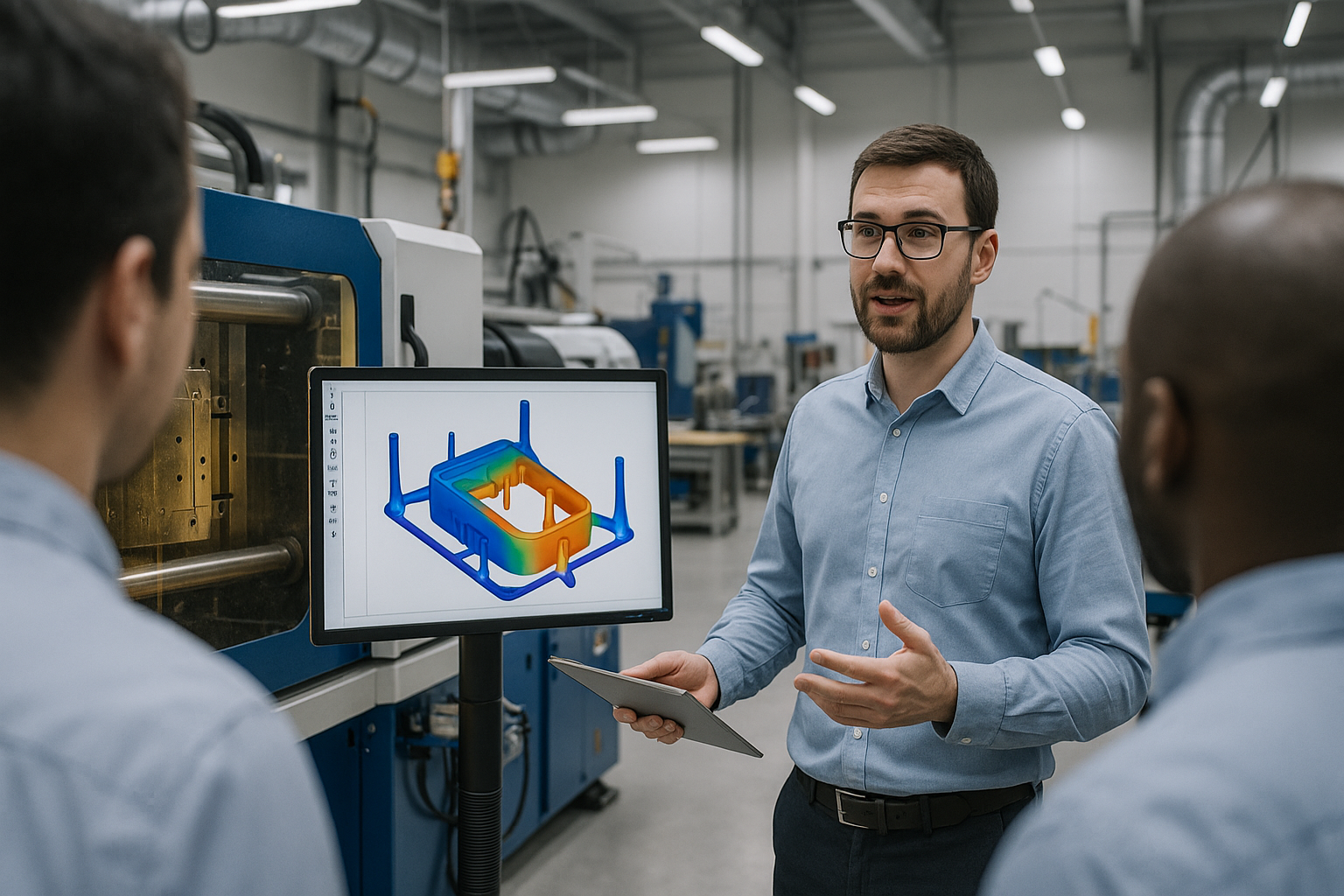
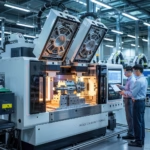
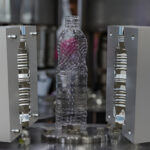
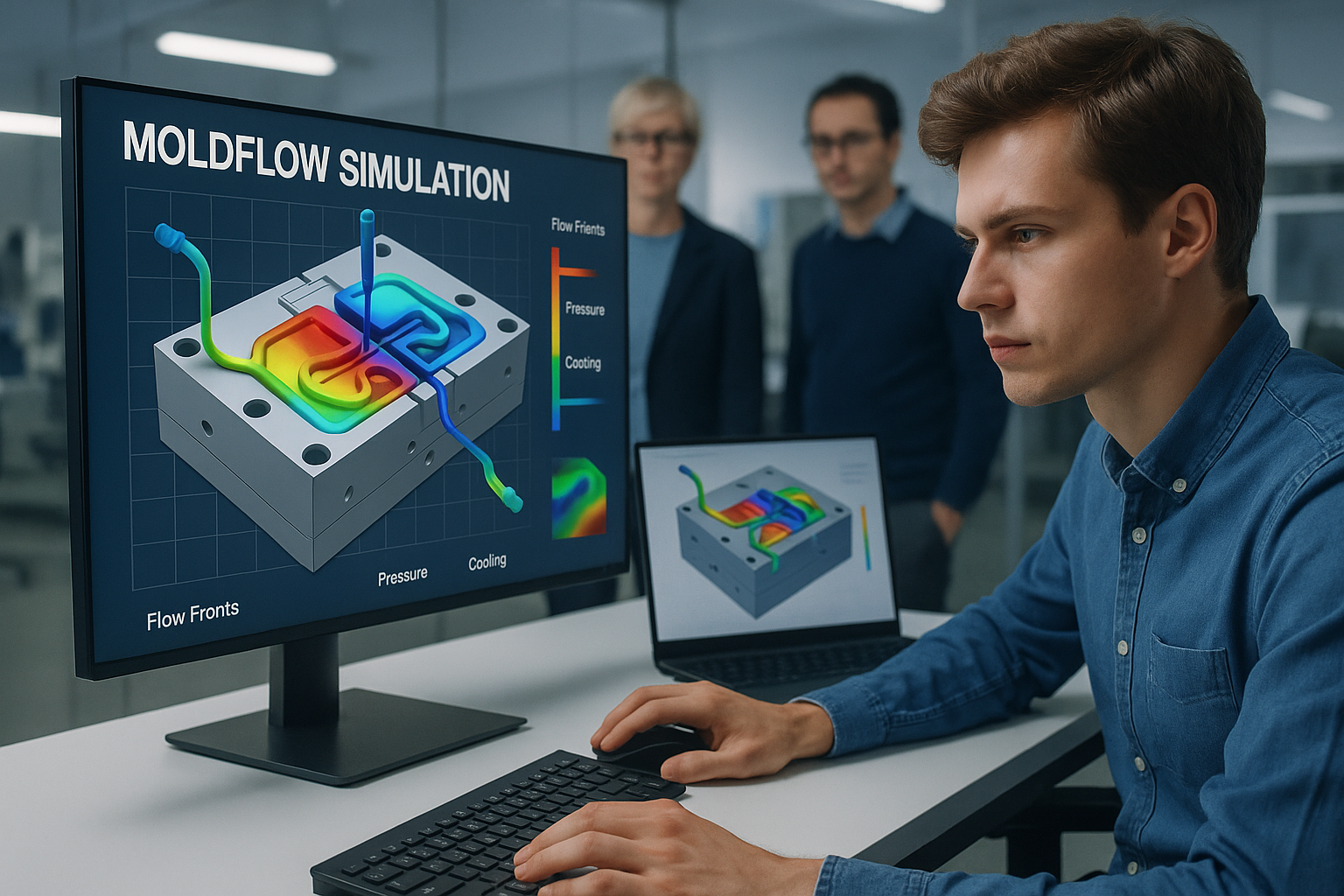
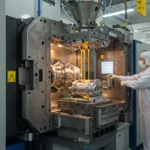
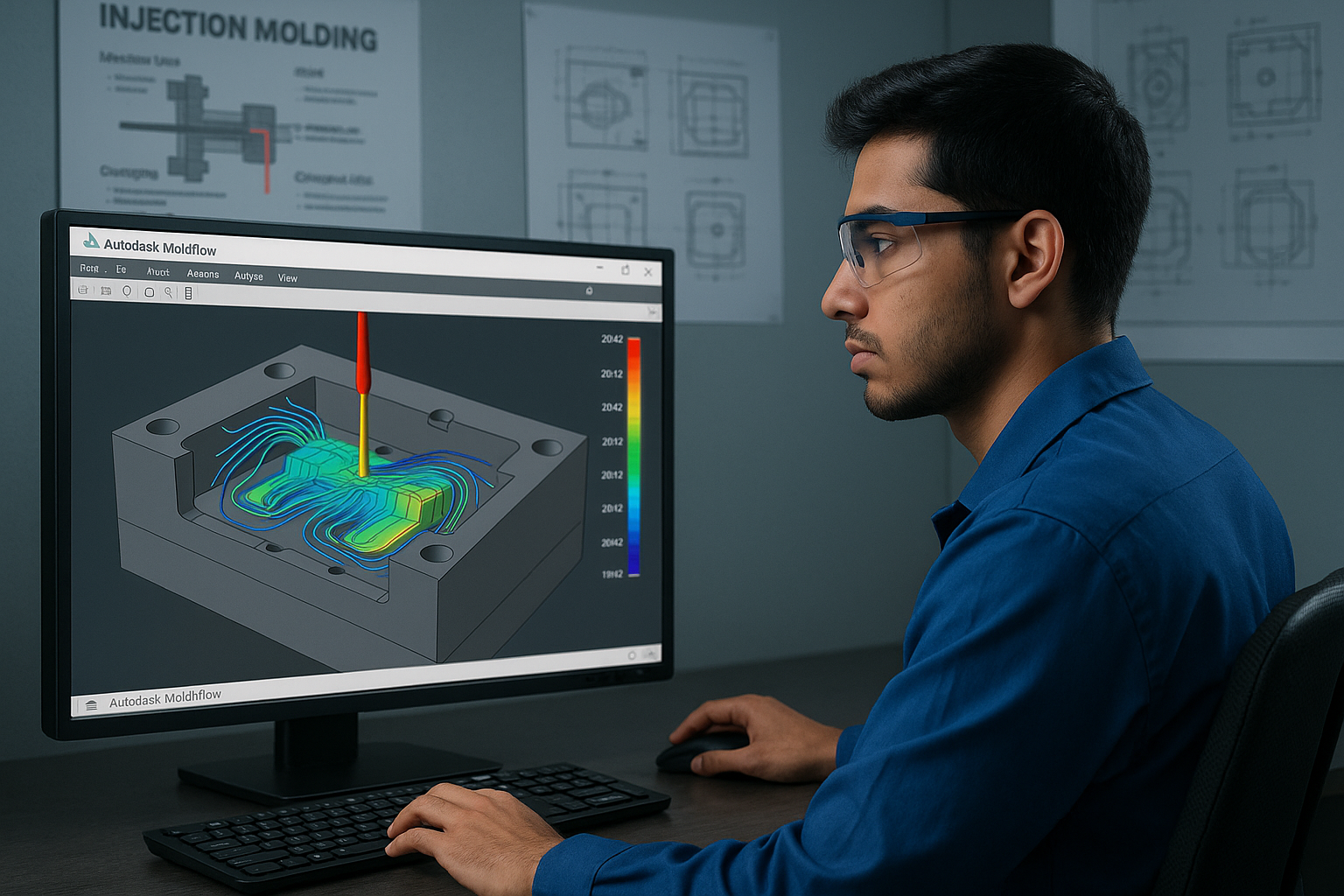
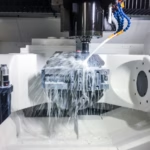

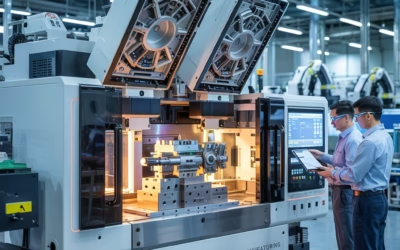
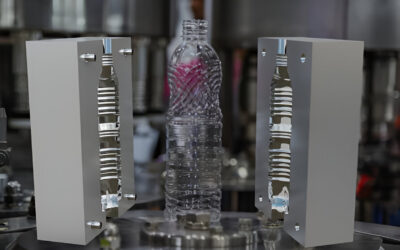
0 Comments